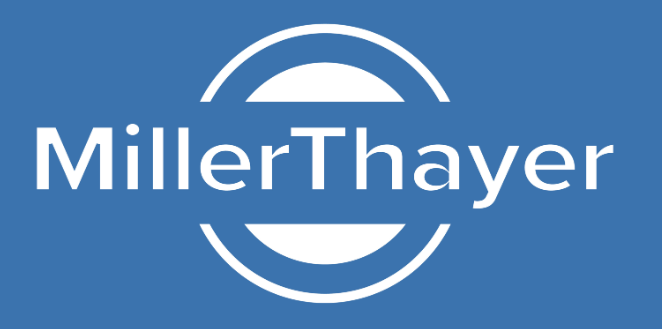Tax season can be stressful, but with a little planning and the right resources, it doesn’t have to be. Knowing where your refund stands and understanding important due dates can significantly ease the process. MillerThayer is here to help you navigate both!
Tracking Your Refund:
- The IRS “Where’s My Refund?” Tool: This is the most efficient way to track the status of your federal tax refund. Visit the IRS website https://www.irs.gov/wheres-my-refund and enter your Social Security number, filing status, and exact refund amount (if known). The tool typically updates once a day overnight, so checking more frequently won’t provide new information.
- Waiting Periods: Keep in mind there can be waiting periods before you can track your refund. The IRS generally starts processing e-filed returns within 24 hours, while mailed returns take several weeks to be processed. You can typically begin tracking your e-filed return within 24 hours of filing and your mailed return within 4 weeks of mailing.
- Alternative Methods: If you don’t have internet access or prefer not to use the IRS tool, you can call the IRS refund hotline at 1-800-829-1040 (automated service) or speak with a representative. Be prepared to provide your Social Security number, filing status, and exact refund amount (if known).
Understanding Due Dates:
- Federal Tax Filing Due Date: The federal income tax filing deadline is typically April 15th of each year. However, extensions can be filed electronically or by mail to automatically extend the deadline to October 15th. Please note you cannot owe after the deadline.
- State Tax Filing Due Dates: State tax filing deadlines may differ from the federal deadline. Be sure to check with your state’s tax authority or tax professional to determine the specific due date for your state tax return. Many states conform their filing deadlines to the federal deadline, but there can be variations.
- Estimated Tax Payments: If you expect to owe taxes throughout the year and your withholding isn’t enough to cover your tax liability, you may be required to make estimated tax payments. Estimated tax payments are typically due quarterly on April 15th, June 15th, September 15th, and January 15th of the following year.
Additional Tips:
- File Electronically: E-filing is generally the fastest and most accurate way to file your tax return. It also allows you to track your refund status more quickly.
- Keep Copies of Your Return: It’s important to keep a copy of your tax return and supporting documents for several years. This will be helpful if you need to reference your return in the future or if the IRS requests additional information.
- Seek Professional Help: If you have complex tax situations or have questions about your refund status or due dates, consider consulting with a tax professional for personalized guidance.
By familiarizing yourself with these resources and understanding due dates, you can take control of the tax filing process and ensure a smoother tax season. Remember, MillerThayer is here to assist you! We offer a variety of resources and services to help you navigate tax filing and financial planning.
